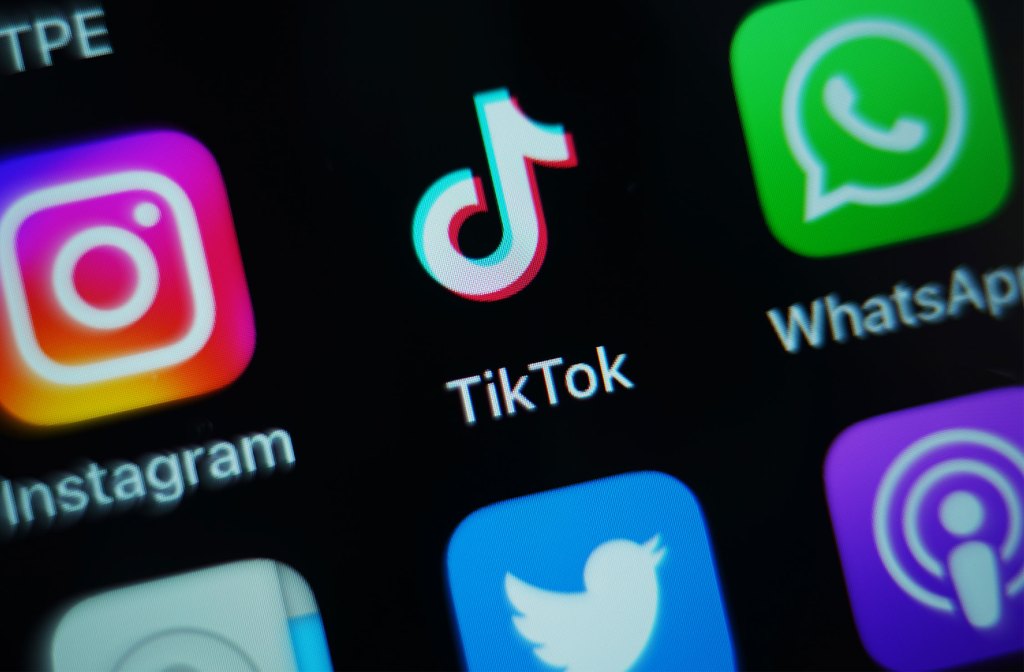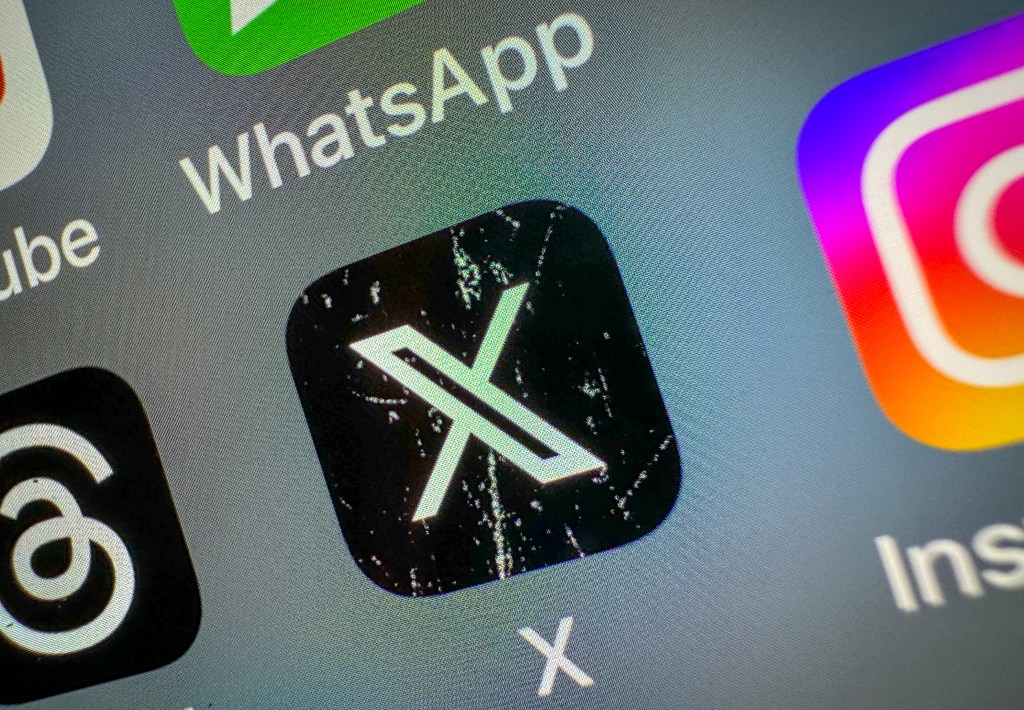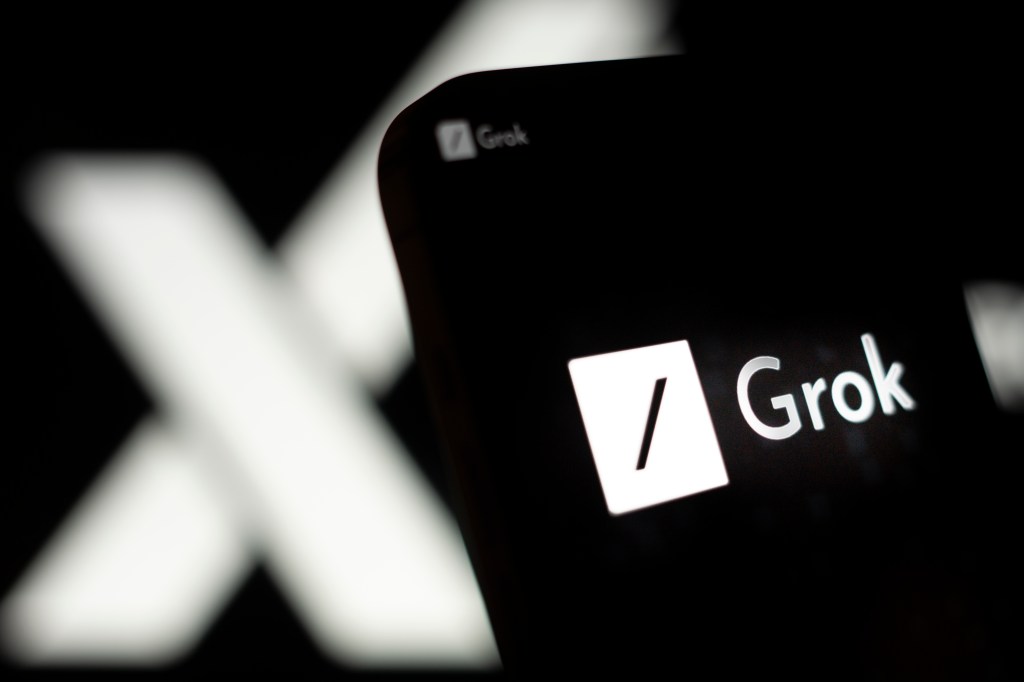
In an effort to capture more ad dollars, despite the looming U.S. ban, TikTok is introducing new advertising products and opportunities that will allow marketers to better control what sort of content their ads appear against.
The company says it will use generative AI to curate trending, brand-safe content; expand its selection of “tentpole” moments, like the Paris Olympics and Met Gala; and allow advertisers to buy slots with specific networks and content offerings.
The company introduced the “Pulse Premiere” ad slot last year, and it is now adding new partners to it. The offering focuses on bringing in more premium ad dollars by letting advertisers position their ads directly after publisher and media content in over a dozen categories, including lifestyle, sports, entertainment and education. The ads would appear on content from select publishers on the app’s For You feed.
The slot is meant to appeal more to TV advertisers who are used to being able to buy ads that run alongside specific programs.
TikTok had earlier partnered with companies like NBCUniversal, Condé Nast, Dotdash Meredith, BuzzFeed, Hearst Magazines, Major League Soccer, UFC, Vox, and others. Now it is adding Paramount Global and NHL to its list of Premiere partners.
The former partnership gave advertisers the option to buy ads that run alongside content from, for example, NBCUniversal — think “Saturday Night Live,” “America’s Got Talent,” “Today Show,” Bravo, and others. The new partnership with Paramount Global, for instance, will let advertisers place ads against content from MTV, CBS Sports, The Daily Show, Entertainment Tonight, and more.
TikTok said it will also work with Nielsen ONE Ads and iSpot.tv to give advertisers the ability to measure how their TikTok ads add “incremental and complementary reach” to their TV campaigns, the company said.
The company is presenting these new ad options at this year’s IAB NewFronts 2024, where a number of media companies and social apps market themselves to advertisers. TikTok took the opportunity to share some stats on its ad offerings’ success, noting, for example, that the TikTok Pulse suite — which guarantees ads next to the top 4% of trending videos, seasonal moments, or premium content — increases ad recall by 9.8%.
The company also touted its ability to reach users who may not have seen TV ads, saying that 58% of all TikTok campaign impressions reached a unique audience “unexposed” to the TV portion of the campaign. Plus, it said advertisers who added TikTok to their TV campaigns reached an additional 22% of their audience.
TikTok’s announcement is seemingly business as usual for the company, since it represents deals that were finalized long before the U.S. ban bill went through, but the fate of the app’s future in the country is uncertain. Though the company’s parent, ByteDance, has vowed to fight the ban, it has also threatened to pull out of the country rather than divest. Obviously, that would not be great for its ability to bring in ad dollars.
Biden signs bill that would ban TikTok if ByteDance fails to sell the app
TikTok partners with top publishers on its new premium and brand-safe ad slot, ‘Pulse Premiere’




